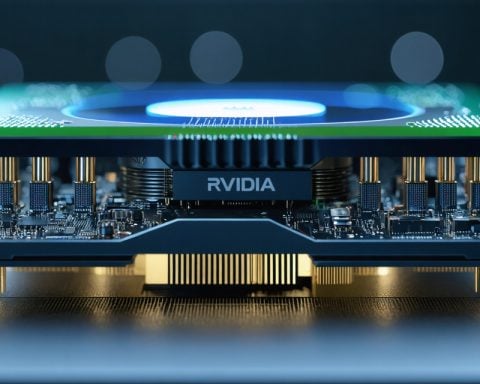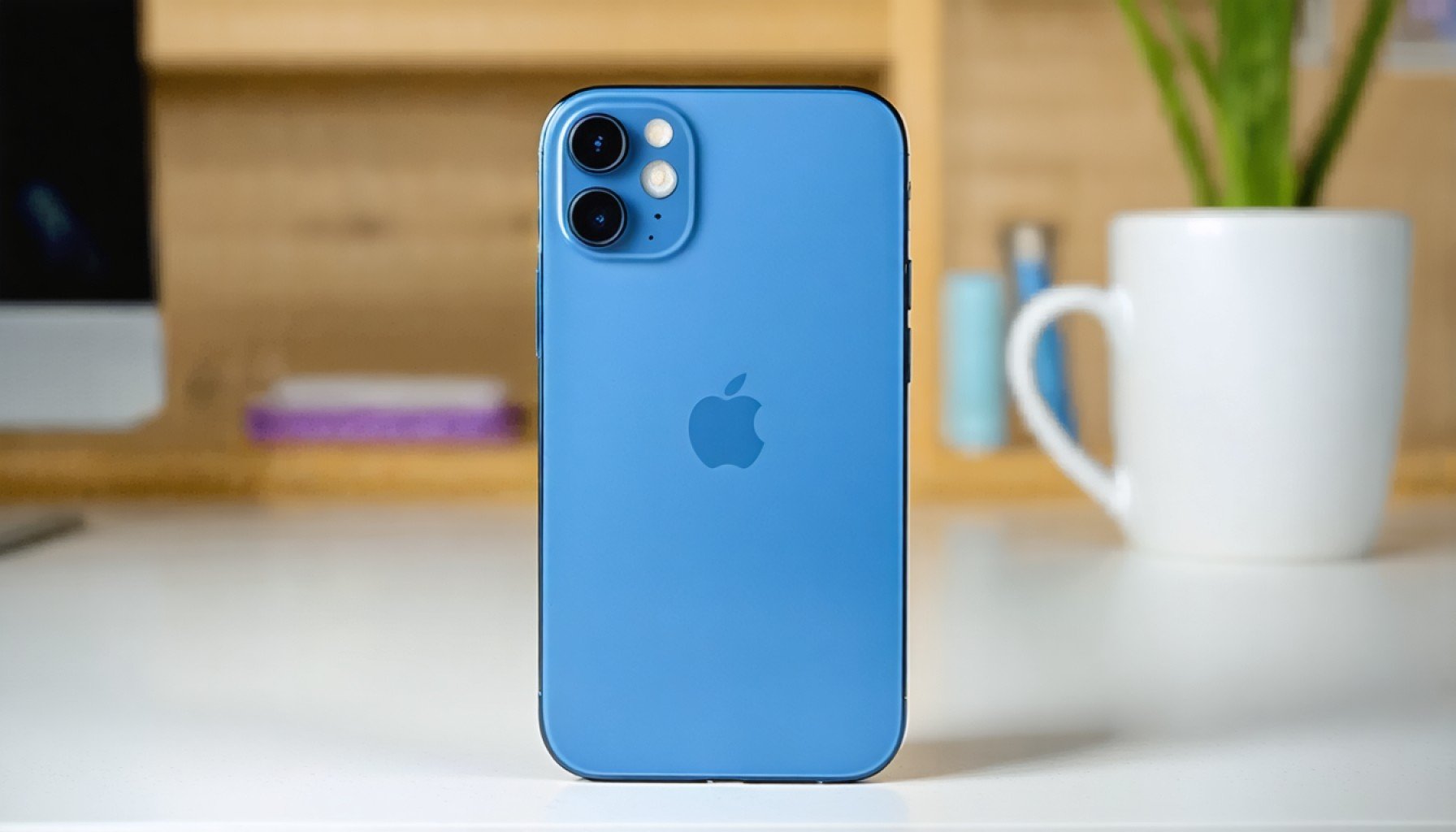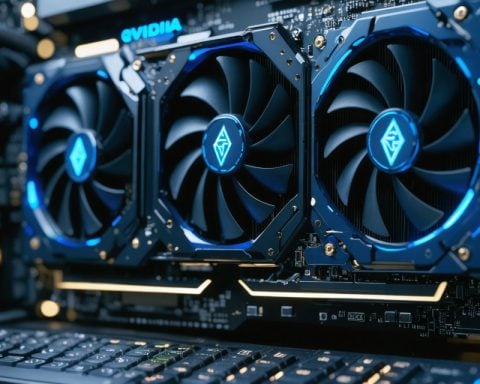- Microsoft has developed a controllable topological qubit module, aiming to revolutionize computing by leveraging quantum technology.
- The qubit module is designed using Majorana zero modes, enabling information to be stored non-locally, enhancing reliability, speed, and compactness.
- Precision engineering has created a “topoconductor,” an exotic material operating at extreme conditions, revealing minute differences in electron counts.
- The qubits are compact, fitting within a 10-micron by 10-micron frame, and collectively they form a potential computational powerhouse.
- Microsoft employs a unique measurement-based quantum approach, targeting an exceptionally low error rate of 10^-4, diverging from traditional methods.
- This breakthrough aims to bring commercial-scale quantum computation closer, addressing challenges in fields like computational chemistry.
- Microsoft’s advancement symbolizes a significant step toward merging current computing capabilities with future quantum potential.
Amidst the humming corridors of innovation at Microsoft, a quiet revolution is underway—one that promises to reshape the fabric of computing. For nearly two decades, the tech giant has meticulously charted a course toward mastering the elusive quantum world, culminating in the creation of a controllable topological qubit module.
Imagine a world where the most complex computations are processed effortlessly. Microsoft’s qubit module—tiny, yet powerful—strives to make this a reality by harnessing the mystical powers of Majorana zero modes. These particles dance with electrons in a way that defies nature, storing information in a non-local manner—like letters in a novel scattered across its pages, yet never losing their narrative. This architectural genius affords the device unmatched reliability, speed, and compactness.
Engineers have delicately constructed these qubits using a molecular precision akin to threading a needle with light. The result is a “topoconductor,” an exotic material that whispers secrets only under frigid temperatures and magnetic fields, sensed by a quantum dot as thin as a strand of hair. Imagine detecting the difference between one billion and one billion and one electrons. This is the degree of precision at play.
Snug within its 10-micron by 10-micron frame, each qubit nestles like a grain of sand on a beach. Yet, when orchestrated in symphony, they build a computational powerhouse the size of a graham cracker—potentially housing a million qubits.
Microsoft’s vision sways from the norm, employing a measurement-based quantum approach rather than the gate-based methods of yore, striving for an error rate as low as 10^-4. While challenges remain, the path is clearer than ever. The promise of realizing commercial-scale quantum computation is on the horizon, set to tackle impossibilities in fields like computational chemistry.
The key takeaway: Microsoft’s latest strides underscore a bold ambition—to bridge today’s computation with tomorrow’s quantum potential. The journey may be complex, but innovation rarely trails the simple path.
The Quantum Leap: How Microsoft’s Topological Qubits Could Transform Computing
How Microsoft’s Quantum Ambitions Could Revolutionize Technology
Microsoft’s venture into quantum computing, notably through its development of a controllable topological qubit module, represents a significant leap in technological innovation. This could redefine how we approach computational challenges across various industries. Let’s break down the implications, use cases, and potential future of quantum computing as spearheaded by Microsoft’s unique approach.
How-To Steps & Life Hacks
While most readers won’t be building a quantum computer at home, understanding the foundational concepts can be illuminating:
1. Get Acquainted with Basic Quantum Mechanics: Familiarize yourself with core quantum concepts such as superposition, entanglement, and quantum bits (qubits).
2. Explore Quantum Computing Platforms: Several platforms like IBM’s Q Experience offer simulated quantum computing environments where you can experiment with quantum algorithms.
3. Follow Industry Updates: Subscribe to publications and webinars focusing on quantum computing developments for the latest advancements.
Real-World Use Cases
Microsoft’s topological qubits could benefit various sectors through advanced computational capabilities:
– Pharmaceuticals and Medicine: Accelerated drug discovery through complex molecular simulations.
– Cryptography: Developing near-unbreakable encryption methods, enhancing data security.
– Artificial Intelligence: Enhancing machine learning models by processing vast datasets far more efficiently.
Market Forecasts & Industry Trends
The quantum computing market is rapidly expanding, with forecasts suggesting it could reach billions by the next decade. Tech giants like IBM, Google, and Amazon are developing competing technologies, but Microsoft’s focus on topological stability may set it apart for lower error rates and higher reliability.
Reviews & Comparisons
Microsoft’s approach using topological qubits is unique compared to:
– Gate-Based Quantum Computing (e.g., Google’s Sycamore): Emphasizes traditional gate operations, but stability and error rates remain challenges.
– Annealing-Based Quantum Computing (e.g., D-Wave Systems): Suitable for specific optimization problems but not general purpose.
Controversies & Limitations
While promising, quantum computing faces skepticism due to:
– Technical Challenges: Developing stable, error-resistant qubits is daunting.
– Practicality: Current quantum computers are largely experimental, with real-world applications still emerging.
Features, Specs & Pricing
Detailed specifications and pricing of Microsoft’s quantum solutions are still under wraps but expect investment and research costs to be significant due to the sophistication of the technology.
Security & Sustainability
Quantum computing introduces both risks and solutions to cybersecurity and efficient data processing. Ensuring sustainable development practices will be key as the technology matures.
Insights & Predictions
As quantum computing evolves, expect significant breakthroughs in computational efficiency, potentially transforming industries reliant on complex data analysis.
Tutorials & Compatibility
Leverage educational resources available on platforms like Microsoft’s Azure Quantum to familiarize yourself with quantum computing principles and potential applications.
Pros & Cons Overview
Pros:
– Drastically speeds up problem-solving for complex computations.
– Reduces error rates with topological qubits.
– Offers transformative potential across multiple industries.
Cons:
– High research and development costs.
– Still largely in the experimental stage.
– Practical, large-scale applications remain in the future.
Actionable Recommendations
– Educate Yourself: Start with basic courses on quantum mechanics and computing.
– Stay Informed: Regularly check updates from Microsoft and other major players in the field.
– Engage with the Community: Join forums and attend conferences to engage with experts and enthusiasts.
By embracing these pointers, you can stay ahead as quantum computing transitions from the realm of theory into practical, world-changing applications.
For the latest updates from Microsoft, visit their official website.













